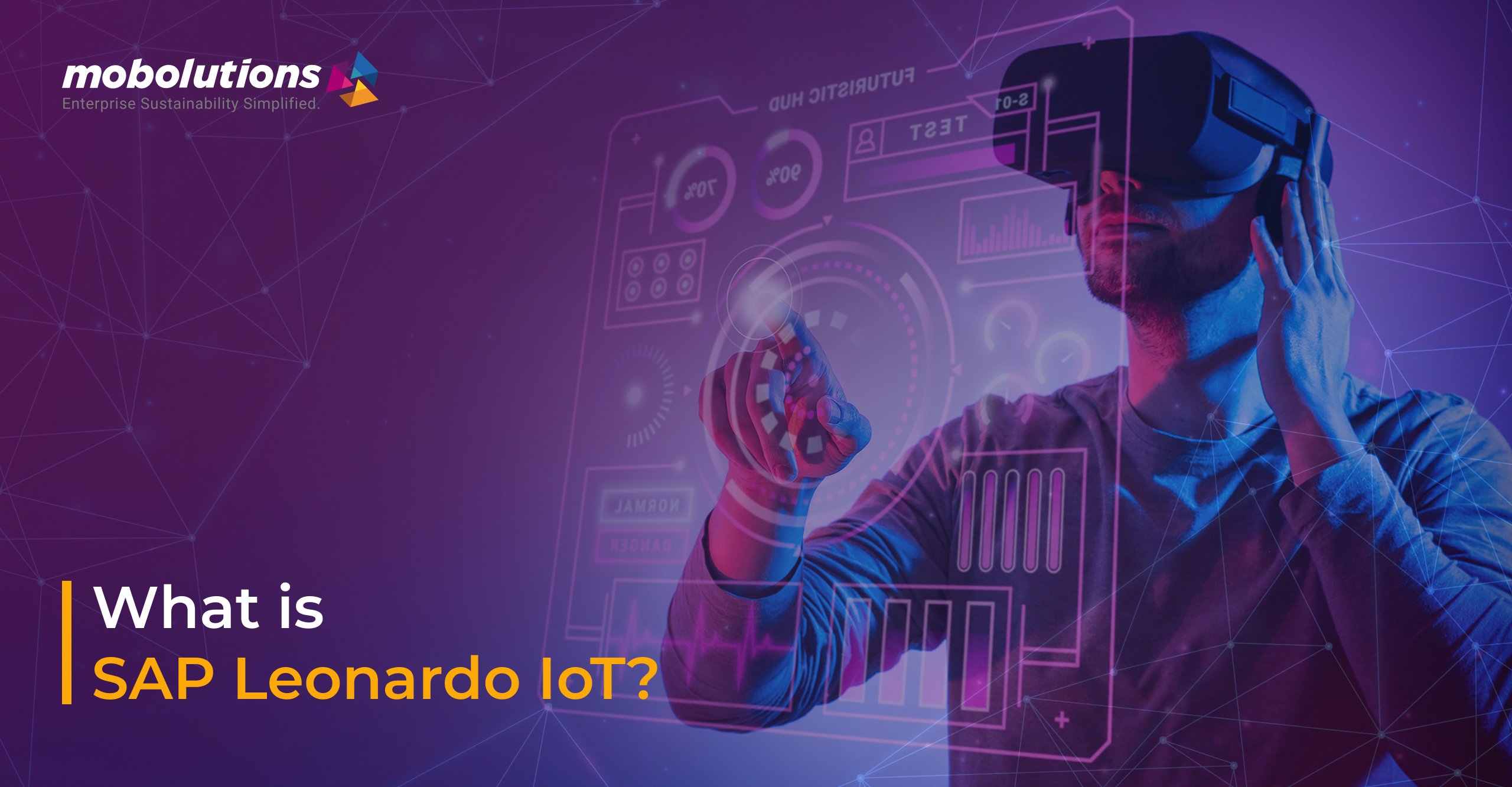SAP Leornado IoT
On reading this blog you will get the high-level architecture and understanding of the enterprise IoT. You will get to know the basic components behind enterprise IoT and the benefits you will get by including IoT.
Introduction
The Internet of Things (IoT) is basically a network of physical objects (end-devices) with applied intelligence to sense and grab their environment data and to interact with business systems. The ‘Thing’ in IoT can be any device with any kind of built-in sensors with the ability to collect and transfer data over the internet without manual intervention. When something is connected to the internet, we can send or receive information, or do both simultaneously. This ability of the connected things to send and receive information makes things “smart” and handled more efficiently than before. The sensors used in the IoT devices are different types that could capture the data such as temperature, pressure, moisture, GPS location from the environment. When this sensor data is coupled with the internet, they can collect data from many sources and send it to the central database where we can analyze the data to extract useful information available from the raw and make intelligent decisions. In a nutshell, Leonardo IoT and SAP integration connects all the end devices to the internet and lets them communicate with each other to make intelligent decisions.
What is SAP Leonardo IoT?
SAP Leonardo digital innovation system consists of Block Chain, Leonardo IoT, Big data, Data Intelligence and Analytics. In the SAP environment, we have SAP Leonardo IoT and integration Service for connecting and managing IoT devices. With SAP Leonardo, SAP aims to offer a portfolio of cutting-edge solutions that empower businesses to develop new digital business models in addition to realizing the digital transformation of their current end-to-end business processes to connect people and assets with processes that affect connected business properties. SAP Leonardo digital innovation system provides Internet of Everything (IoE) in sap IoT service to connect more and more sensors in our environment, including cameras, actuators, sensors, and can easily access the time series data produced by these endpoint sensors, manage it fast, analyze it, and visualize it to get insights.
Architecture:

IoT devices are basically embedded devices/controllers with set of connected sensors to grab data from the physical environment. These IoT devices will send and receive data through internet using standard protocols for IoT communication. The transmitted data from the devices are stored in the Leonardo IoT server as time series data. The stored data is useful for extracting the meaning transitions that occurred in the data by applying some intelligence. Based on the extracted information, further rules and actions can be created to trigger the business processes that will change or control the business.
We can also develop Fiori UI applications to show the device data in real-time for the end-users. By the application of data intelligence to IoT device data, the models will start learning from their experience and improve their effectiveness, so that we can forecast and predict the future states and take necessary actions. Since most of the business happens through backend system integration rather than the cloud, we need to pass the IoT data to back-end systems. We can use one of the data consumption services for SAP IoT to integrate with the On-Premises systems.
Applications:
- Connected Products/Assets:
The assets and products in an industry are connected through IoT to handle the process in real-time effectively. The changes happening day today are recorded, analyzed and corrective measures are automated.
- Connected Fleet:
Shipping is one of the important areas where the IoT can provide valuable suggestions and corrective measures. In an intelligent enterprise many of the business operations can be proactively monitored with the help of the correct time of arrival of the fleet.
- Digital Twin:
Digital Twin is the virtual replica of an existing physical device in real-time. Data scientists may simulate the behavior of physical objects using digital tools to analyze or improve performance.
Key Features
- Direct integration between the physical world and computer-based systems
- Automates business processes with IoT.
- Almost real-time information exchange
- Improved operational efficiency and accuracy
- Transparency in external data present in business
- Millions of devices can be controlled in real-time.
- Predict business events with better accuracy using IoT.
- Industrial 4.0. is not possible without IoT.
- Redefine your business workflows to become a truly digital business.
- Truly connected infrastructure within the business.
Benefits:
- Live insights, Live status monitoring, Geo-location tracking, usage and consumption measurement, and time of arrival.
- Predictive analytics, Clear insights into equipment health, remaining lifetime and forecast supply.
- Innovate existing business models, Lower maintenance cost, higher efficiency, reduced waste, reduce business cutdowns and faster response.
- Optimize processes, Automated usage-based pricing, product-as-a-service
- Capable to integrate IoT with existing business infrastructure.
- Access IoT applications on mobile devices.
- Develop IoT dashboard applications with feeds from IoT devices like real-time sensor data and live geo-tracking maps.
- Integration with an On-Premises system to create a business process in the backend.



